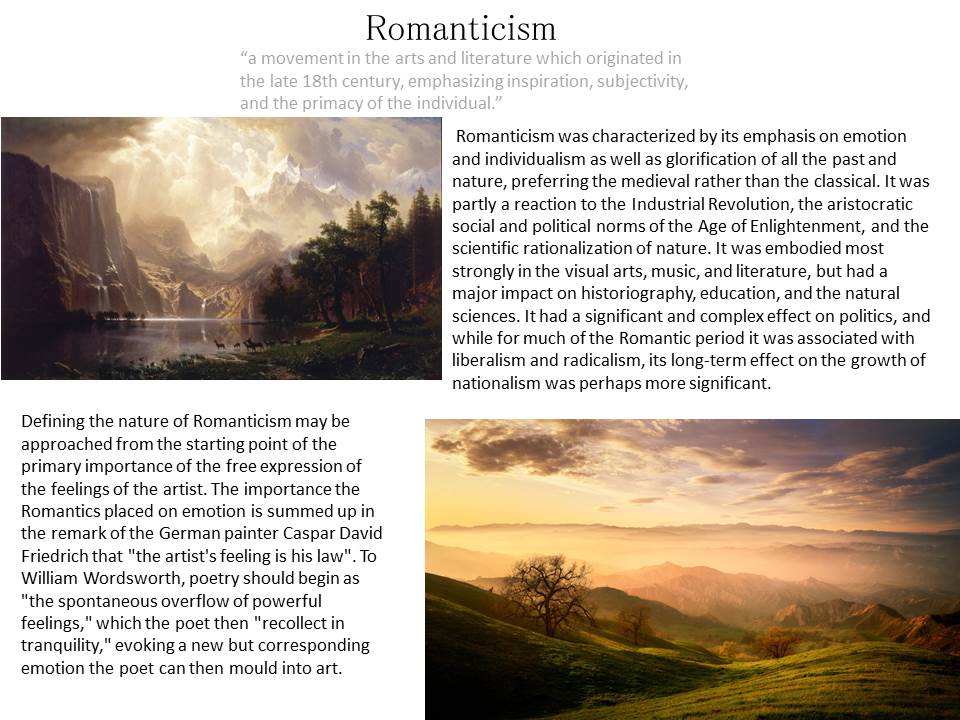

Here are the best edits from the sand dune Natural Landscape Shoot.

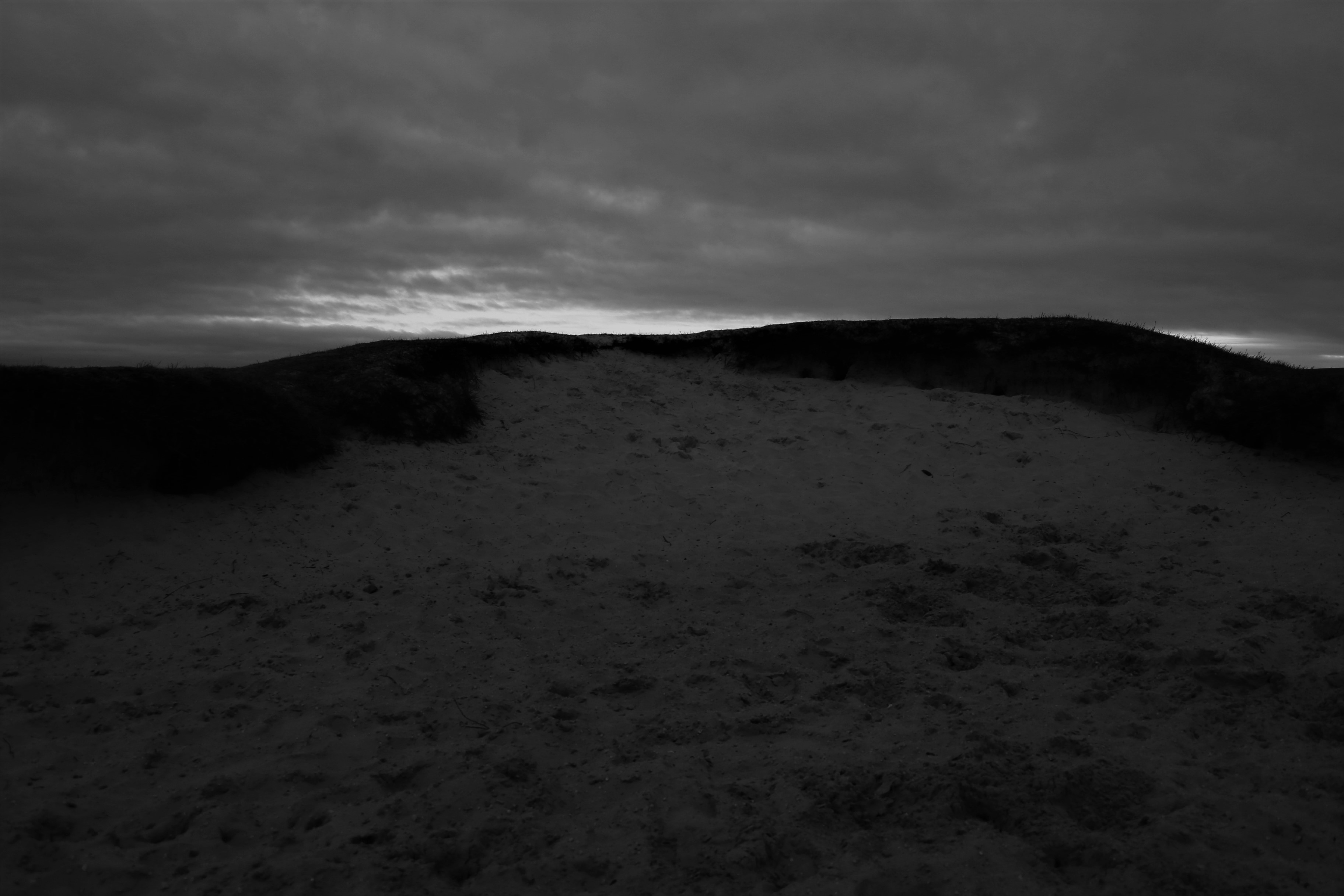


Here are the best edits from the sand dune Natural Landscape Shoot.


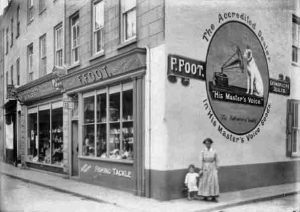
In the course of daily life, individuals and organizations create and keep information about their personal and business activities. Archivists identify and preserve these documents of lasting value.
These records — and the places they are kept — are called “archives.” Archival records take many forms, including correspondence, diaries, financial and legal documents, photographs, and moving image and sound recordings. All state governments as well as many local governments, schools, businesses, libraries, and historical societies, maintain archives.
The images above are Archival Images from iconic areas of Jersey…and these areas have changed over time.
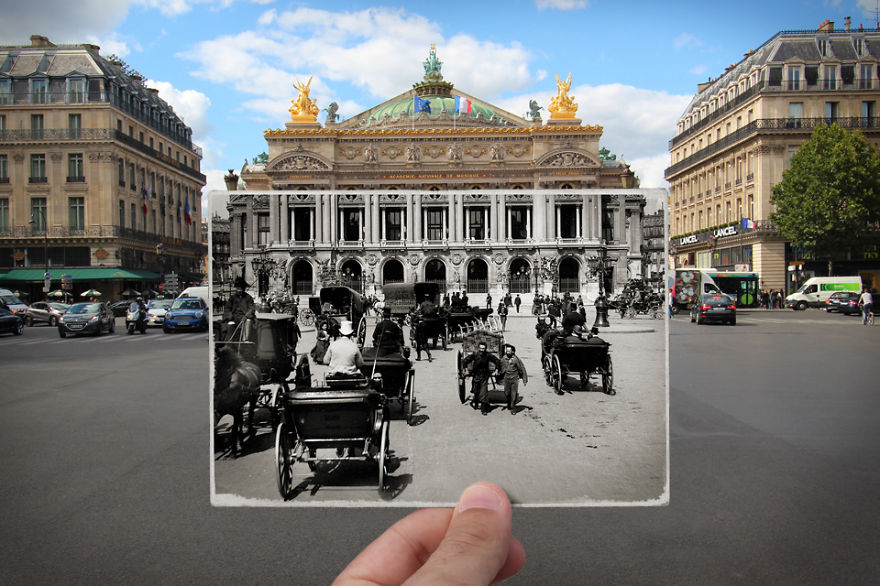
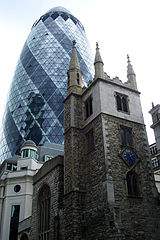
Jersey Archives: Since 1993 Jersey Archive has collected over 300,000 archival records and it is the island’s national repository holding archival material from public institutions as well as private businesses and individuals. To visit click here
Jersey Archive can offer guidance, information and documents that relate to all aspects of the Island’s History. It also holds the collections of the Channel Islands Family History Society.
Societe Jersiaise: Photographic archive of 80,000 images dating from the mid-1840s to the present day. 35,000 historical images in the Photographic Archive are searchable online here.
Societe Jersiaise also have an extensive library with access to may publications and records relating to the island’s history, identity and geography. Click here
Archisle: The Jersey Contemporary Photography Programme, hosted by the Société Jersiaise aims to promote contemporary photography through an ongoing programme of exhibitions, education and commissions.
The Archisle project connects photographic archives, contemporary practice and experiences of island cultures and geographies through the development of a space for creative discourse between Jersey and international practitioners.
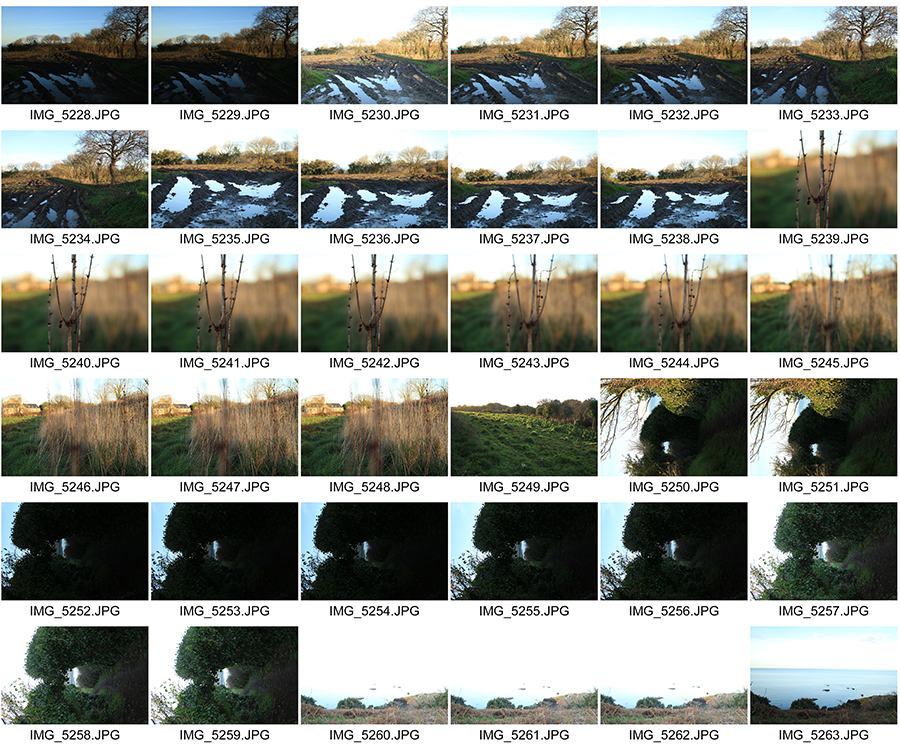



Here are the best edits from the North Coast, Natural Landscape shoot.
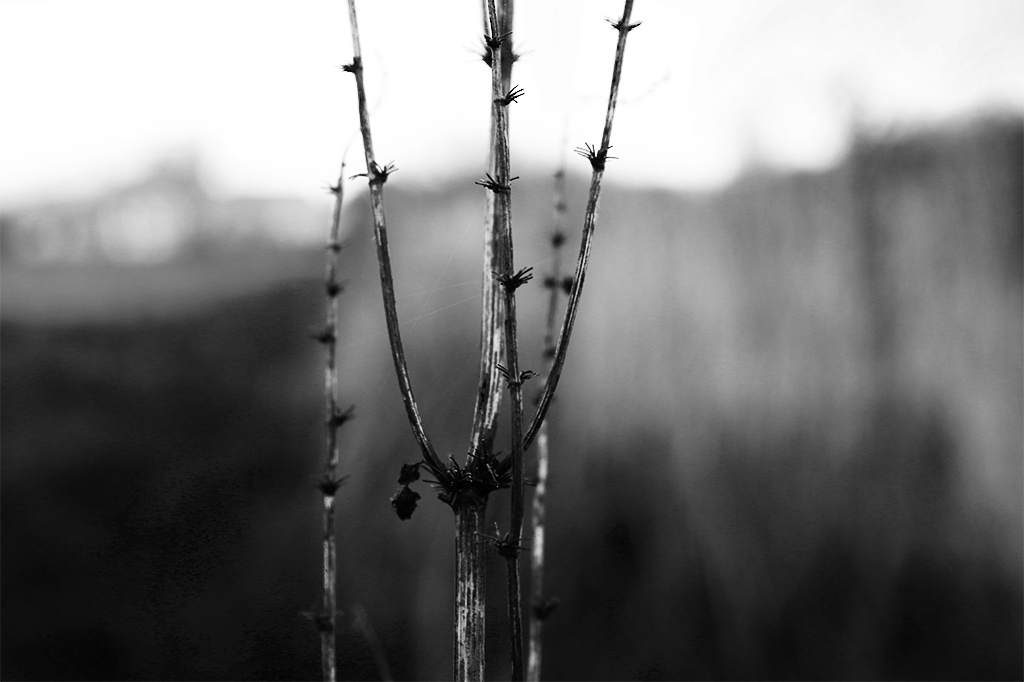
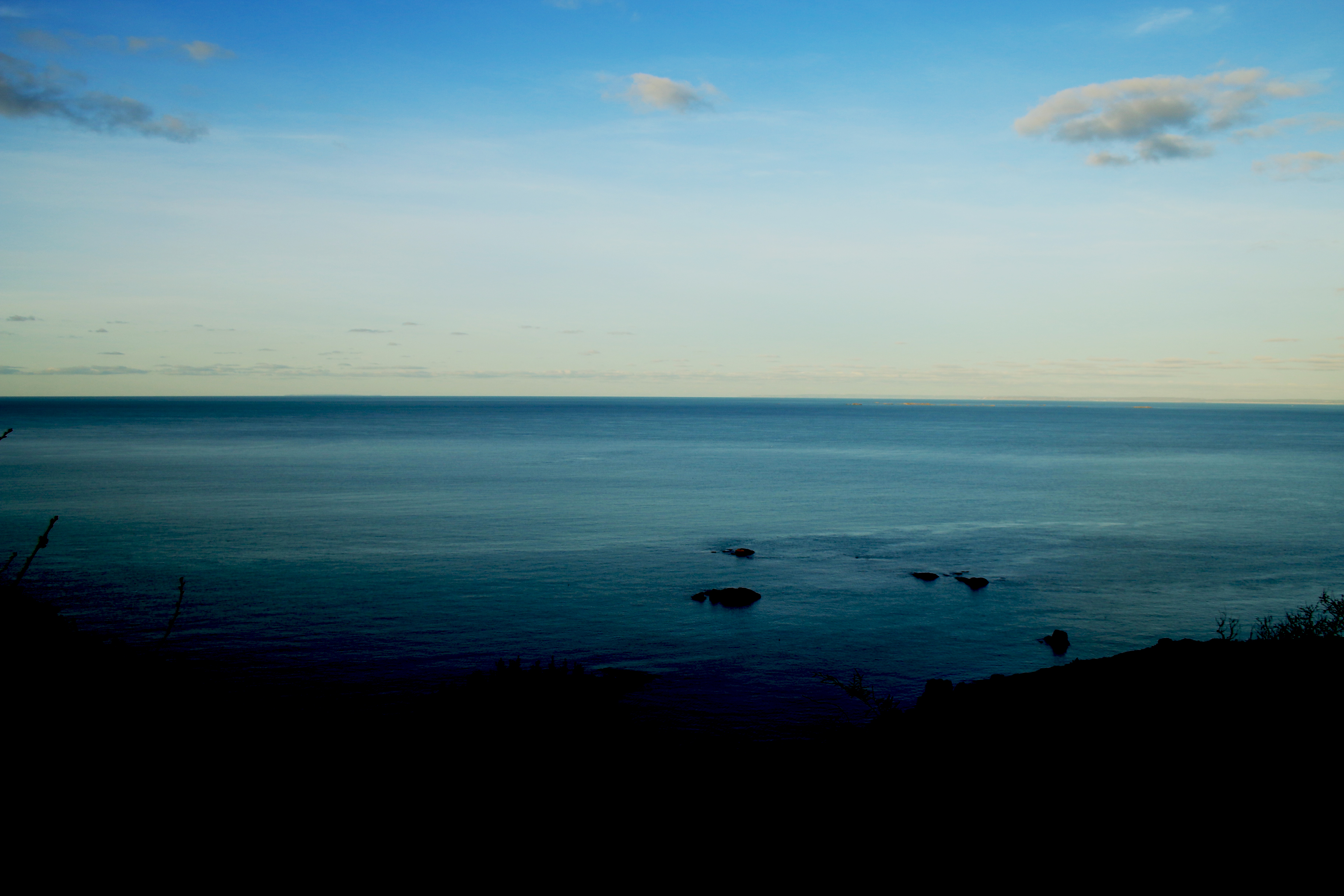


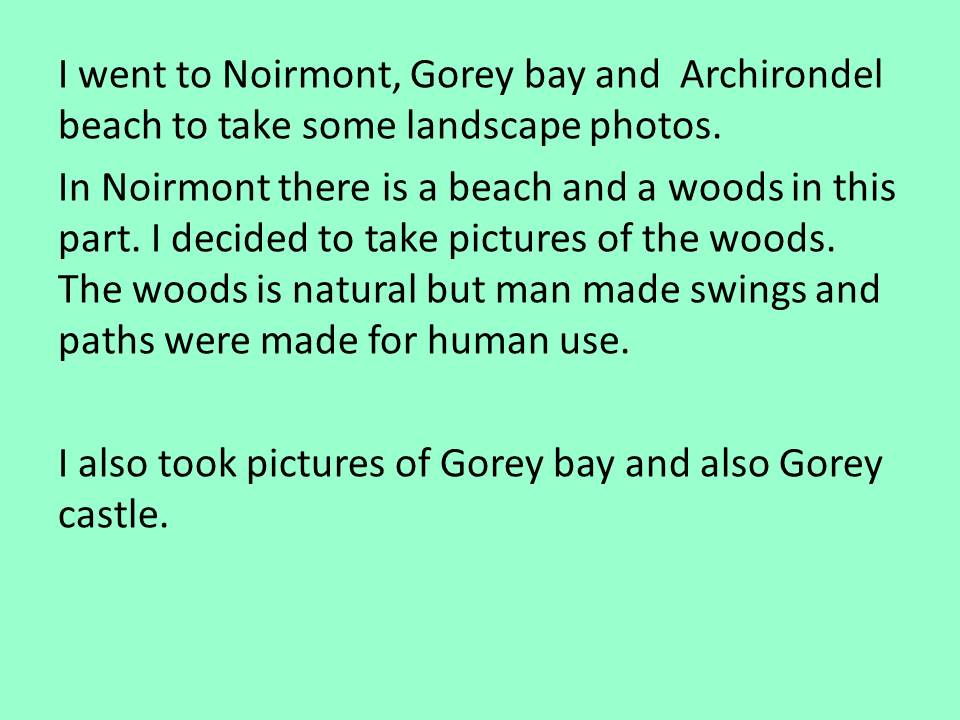
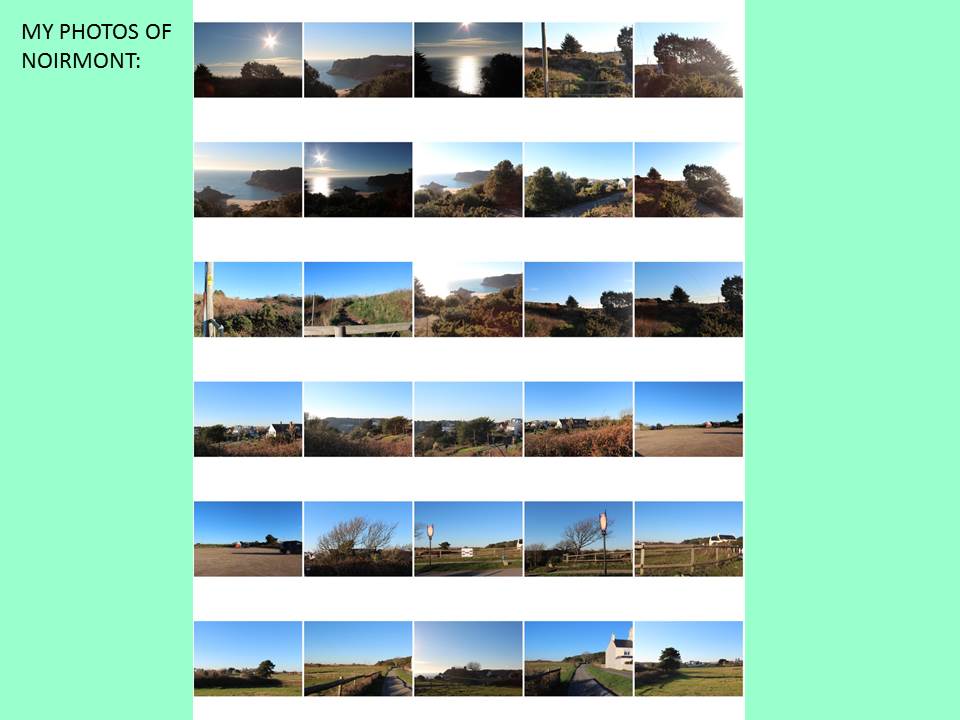
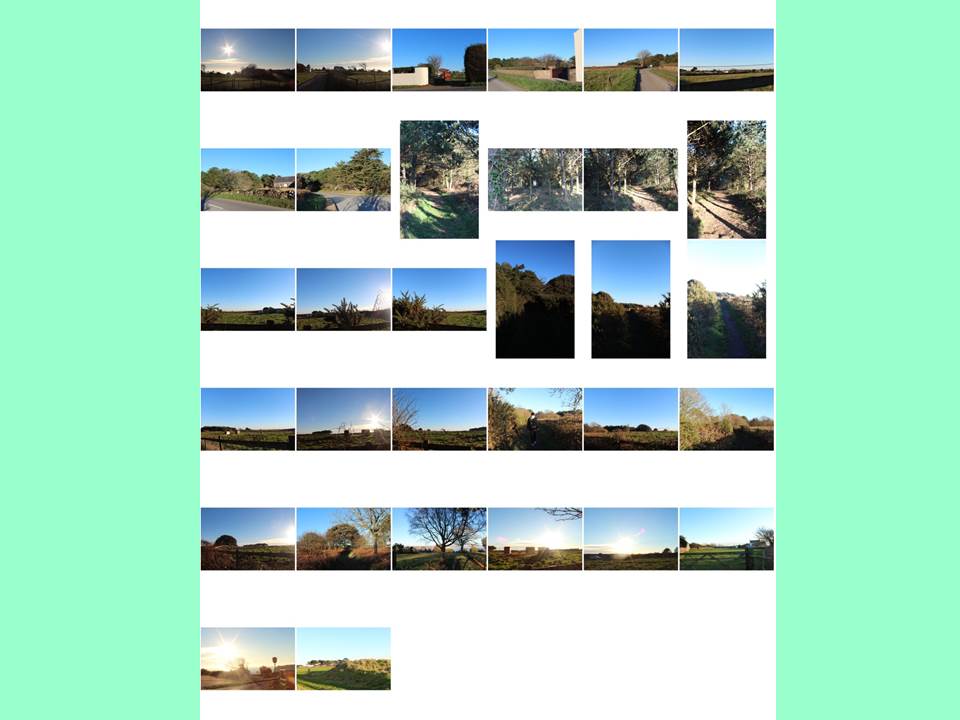
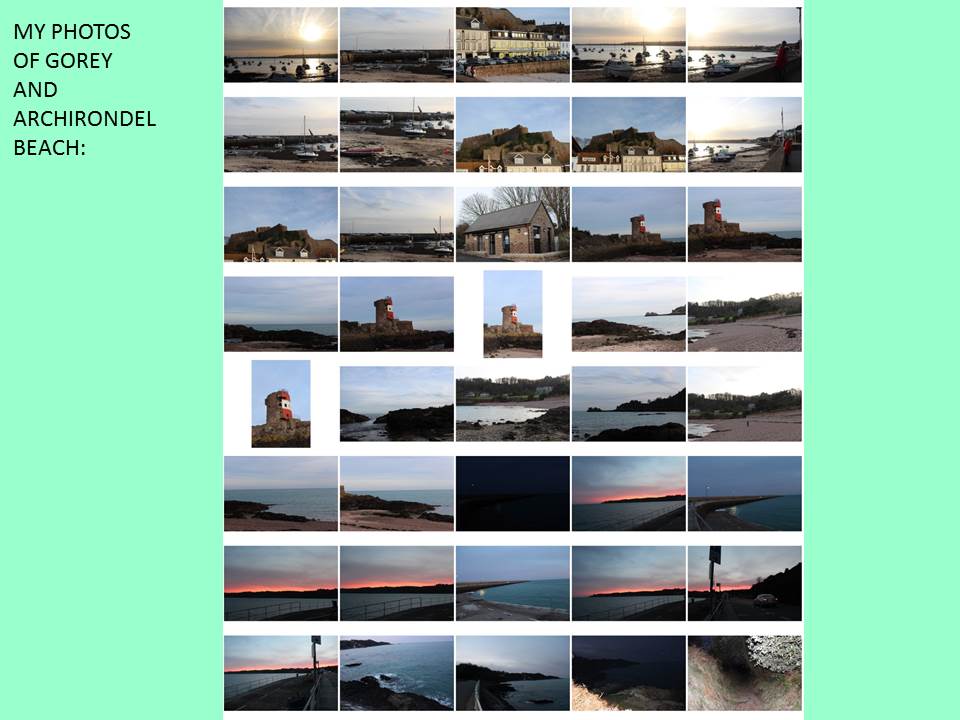


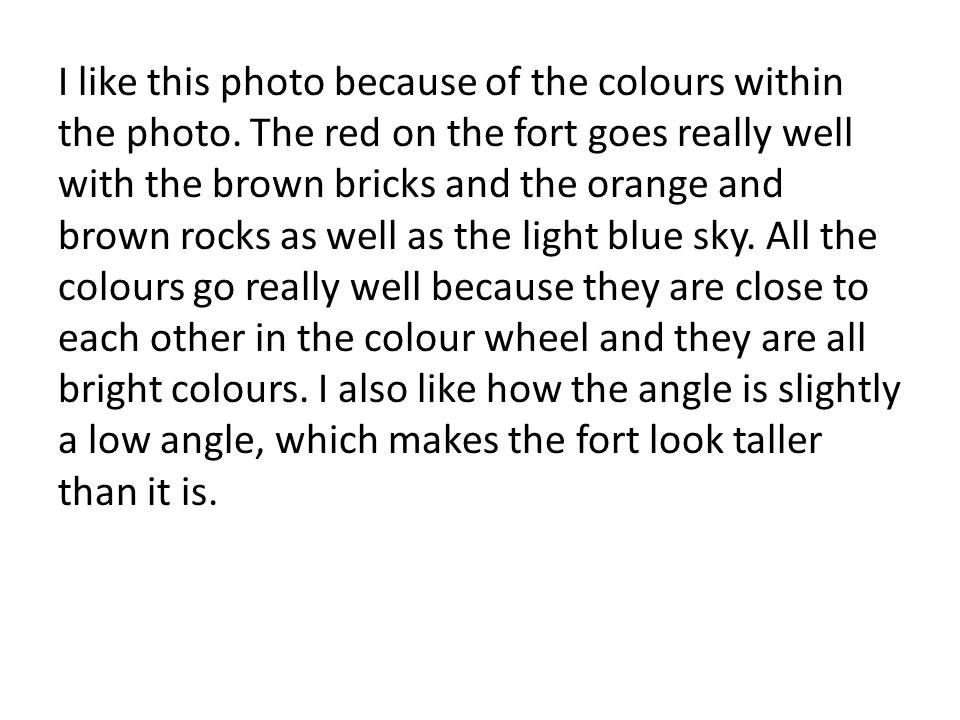

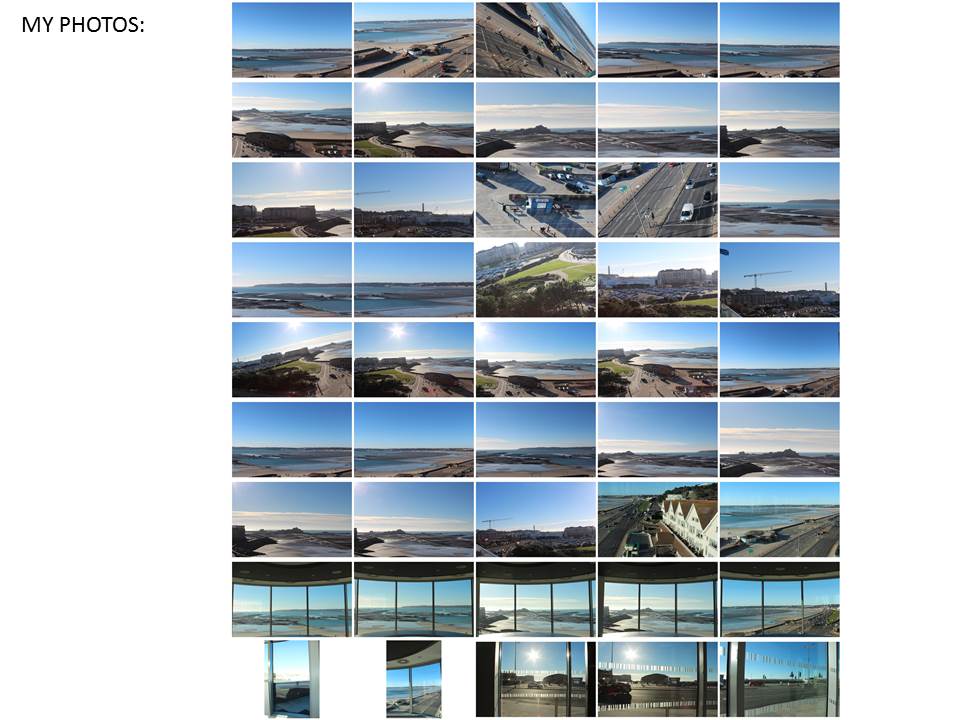



The new Topographers was a landscape exhibition in America in 1975 and 1976 headed by William Jenkins. Groups of photographers comprising of: Robert Adams, Lewis Baltz, Joe Deal, Frank Gohlke, Nicholas Nixon, John Schott, Stephen Shore and Henry Wessel Jr later influenced this particular style to influence how its done today. They can be presented in black and white prints or in color, and often depict “ugly” urban locations and settings, and with this they find beauty within them. They do this by finding particularly harsh settings which connote feelings of hostility, and with this, these photographers can stand back and observe the surroundings which incorporate an essence of beauty. This is interesting because it shows how the strong use of contrast can be exaggerated to create tense emotions for the viewer.
Robert Adams

I like this photograph because of how the strong contrast between the dark tones of the surrounding landscape and the brighter white tones of the caravans. As this is a trailer park it suggests some sense of poverty and this is emphasized again by the dark tones of the surrounding mountains and the fact the landscape is in the top 2/3’s of the photograph, overpowers the caravans. However the caravans with the strong bright tones are interesting because they show a sense of happiness and positivity which stands out particularly. This emphasis on the striking white tones suggest that the people who live in these trailers, despite their hard lives still continue to live positively. Robert Adams has enhanced this feeling by the fact he has taken the photograph from a birds eye view. The fact we the viewers are looking down upon these caravans is suggestive of how poor and how hard this style of living can be.
Stephen Shore

This photograph fascinates me because mainly because of the vibrance of colors within the landscape. For example, the blue sky with no clouds appears almost quite innocent as it falls over the desert. On the other hand the desert appears quite a happy place in the sense of the warmth of the colors is projected of the landscape. From this, essentially the bright lighting imposes a happy mood. I also like how the main focus of the photograph is the road ahead with the man and his dog steered far to the right. This is significant because Man and dog are commonly associated with friendship, but the fact they seem slightly apart in the photograph shows that the current setting appears quite hostile. Furthermore, the man appears to be looking at the photograph appearing as if he doesn’t trust the photographer, and therefore making us fearful. To make us more somewhat more fearful, I believe the heavy depth of the photograph presents the road as if it is never ending.
The New Objectivity was a movement in German art that arose during the 1920s as a reaction against expressionism.
Expressionism was a modernist movement, initially in poetry and painting, originating in Germany at the beginning of the 20th century. Its typical trait is to present the world from a subjective perspective, distorting it radically for emotional effect in order to provoke moods or ideas.
The movement essentially ended in 1933 with the rise of the Nazis to power.



An archival image is an image meant to have lasting value. Archival images are usually kept off-line on a cheaper storage medium such as CD-ROM (compact disc) or magnetic tape (magnetic storage or magnetic recording is the storage of data on a magnetised medium, developed in Germany) in a secure environment. Archival images are of a higher resolution and quality than the digital image delivered to the user on-screen.
Archival imagery can be historical images of iconic landscapes or landscapes with some sentimental value and often have a big difference in comparison to its new look – for example, it could be built on new land or just given an updated look. You can find many examples of developed landscapes in Jersey.
Abstract photography, sometimes called non-objective, experimental, conceptual or concrete photography, is a means of depicting a visual image that does not have an immediate association with the object world and that has been created through the use of photographic equipment, processes or materials. An abstract photograph may isolate a fragment of a natural scene in order to remove its context from the viewer, it may be purposely staged to create an unreal appearance from objects, or it may involve the use of color, light, shadow, texture, shape and/or form to convey an impression. The image may be produced using traditional photographic equipment like a camera or it may be created without using a camera by directly manipulating film/paper.
Abstract photography has rocketed during the 21st Century with the development of computers and hardware and their ease of access to people. The boundaries of abstract photography were expanded beyond the limits of film and chemistry into limitless dimensions.
Jessica Eaton
%20and%20cfaal%20115,%202011%20(right).jpg)
Barbara Rosenthal

Eileen Quinlan
%20and%20Black%20Friday,%202011,%20Chromogenic%20color%20print%20(right).jpg)
In art, formalism is the study of art by analyzing and comparing form and style—the way objects are made and their purely visual aspects. In painting, formalism emphasizes compositional elements such as color, line, shape, texture, and other perceptual aspects rather than the historical and social context.
The philosopher Nick Zangwill of Glasgow University has defined formalism in art as referring to those properties “that are determined solely by sensory or physical properties”.
A formal analysis is an academic method in art history. It requires you to describe things very carefully.
Zangwill defined three types of formalism. He described anti-formalist thinkers as those who “think that no works of art have formal aesthetic properties.”




